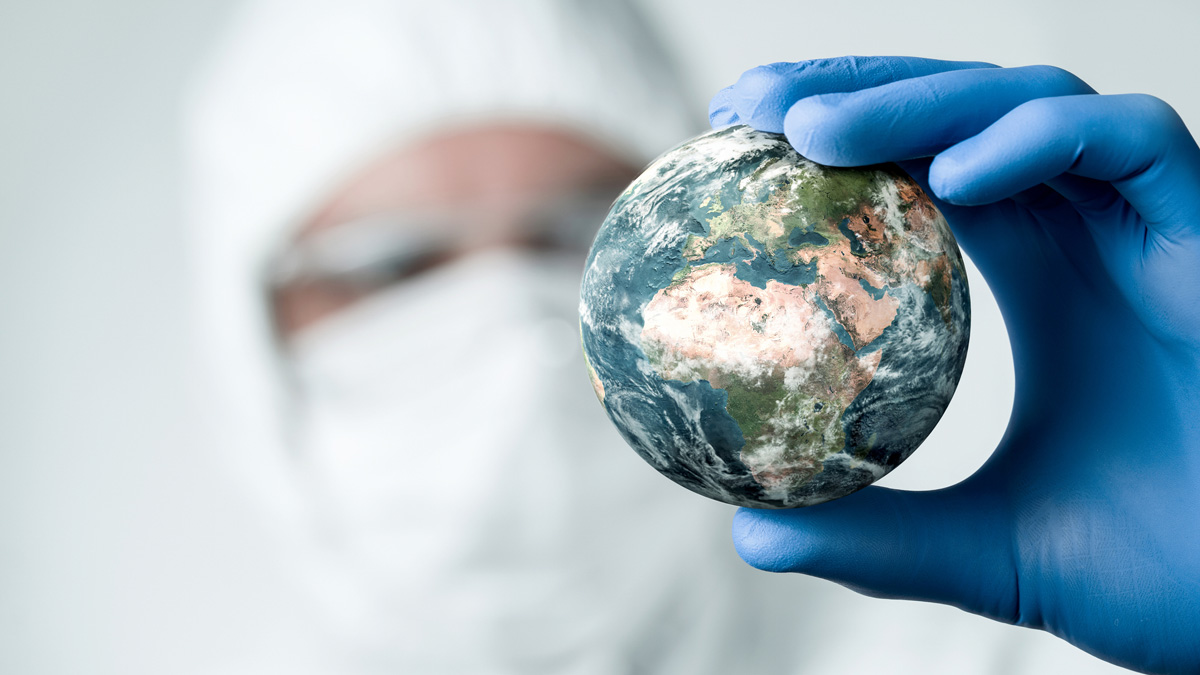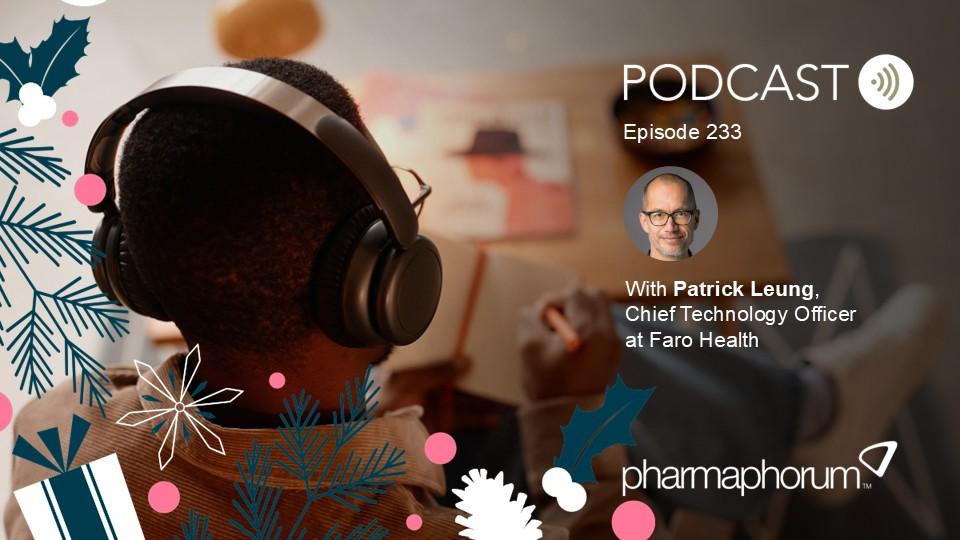Study sets benchmark for cost of repurposed coronavirus drugs

Scientists have warned that the main drugs being repurposed for COVID-19 could end up being too expensive for many people around the world – unless drugmakers are prepared to sell them at cost or close to it.
The team crunched the numbers on the front-runner coronavirus drugs to see just how much it should cost to manufacture them, and concluded that they could all be made for less than $1.50 per day, and for just cents in some cases.
The study is sure to lend ammunition to the emerging debate about just how much the drugs being repurposed for use in COVID-19 will eventually cost if they prove effective in trials, and how much profit – if any – the companies selling them should make.
Writing in the Journal of Virus Eradication, they say that for those in the list already being sold on the market, the cost is much lower than the prices currently being charged.
“Current prices of these drugs were far higher than the costs of production, particularly in the US,” they report, saying their analysis could be used to “strengthen price negotiations and help ensure affordable access to vital treatment for COVID-19 at low prices globally.”
Toyama Chemicals’ flu drug Avigan (favipravir) was the most expensive in the list to make at $1.45 per day, followed by Roche’s pulmonary fibrosis therapy Esbriet (pirfenidone) at a daily cost of $1.09 and Gilead’s remdesivir – just approved for use in the US and Japan – at $0.93.
The other drugs included in the analysis were Gilead’s marketed hepatitis C combination of Sovaldi (sofosbuvir) and Daklinza (daclatasvir) at $0.39 a day, as well as AbbVie’s HIV duo Kaletra (lopinavir/ritonavir) at $0.28, generic antibiotic azithromycin at $0.10, and antimalarials hydroxychloroquine and chloroquine at $0.08 and $0.02, respectively.
At those process, the production cost of a course of treatment ranges from $0.30 to $31, say the researchers from the University of Liverpool and Imperial College London in the UK, Australia’s Burnet Institute, and Howard University in the US.
“Many of these drugs are already available as generics, at prices close to the cost of manufacture, in low- and middle-income countries,” they write.
“If promising results emerge from pivotal clinical trials, there is the potential to upscale generic production and provide treatment for millions of people at very low unit prices.”
Gilead – whose drug is the only one so far to have data showing it can reduce the duration of coronavirus infection – says it will invest up to $1 billion in remdesivir in 2020, and spent around $150 million on manufacturing scale-up and development costs in the first quarter of the year.
It’s been reticent about discussing what it intends to charge for the drug after its donation of 1.5 million free doses is exhausted, but has said it will need to charge something thereafter.
The company raised eyebrows in March when it tried to get approval for the drug as an orphan medicine due to the comparatively low number of confirmed cases in the US at that time.
That could have been a route to premium pricing, but the company retreated after a backlash on social media and since then has pledged to make the drug “both accessible and affordable to governments and patients around the world.”
A recent cost-effectiveness analysis by the Institute for Clinical and Economic review (ICER) in the US said that $10 for a 10-day course of treatment – or $5 for five days – would allow Gilead to recover costs.
It also said however that using traditional cost-effectiveness models the company could charge up to $4,500 for the drug if it helps save lives and around $390 if it only reduces the infection duration.
Both of those top-end numbers could place it beyond the reach of healthcare systems in many parts of the world, and that could do severe damage to Gilead’s reputation.
At the same time, it’s important that drugmakers don’t suffer big losses from their investment in coronavirus drugs or vaccines, which would be a disincentive to future development efforts.
The authors of the latest analysis insist however that most of the cost of developing COVID-19 candidates – at least in terms of clinical trials – is being met by national health authorities and donor agencies. Donations of medicines meanwhile are offset by tax rebate systems.
They say their model assumes a 10% profit on mass production to companies manufacturing the drugs, which is “is similar to the pricing structure for HIV, TB and malaria, where generic drug companies still earn acceptable profits while mass producing these drugs at prices close to production costs.”











